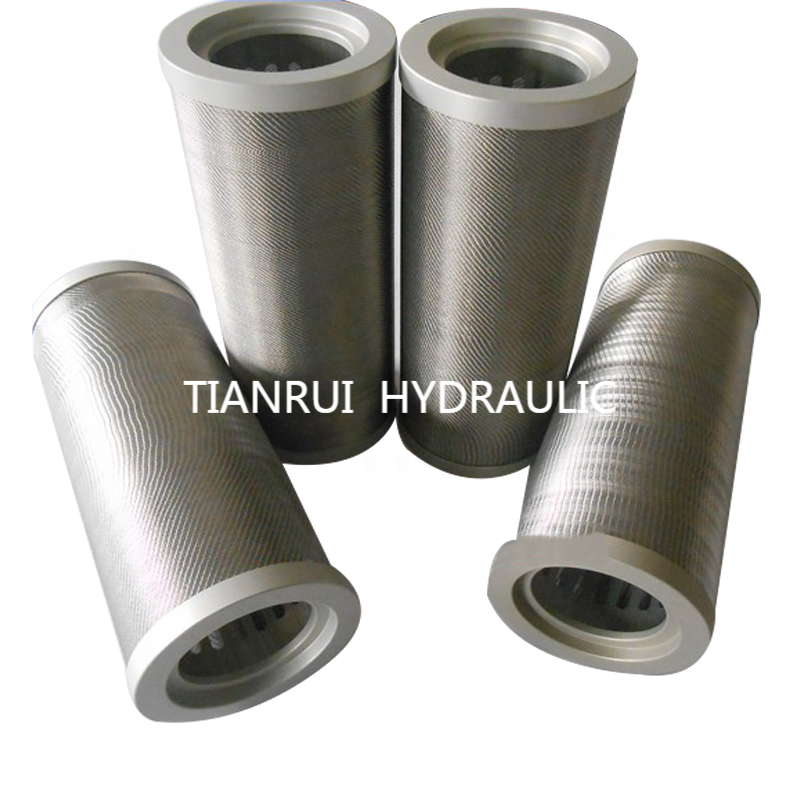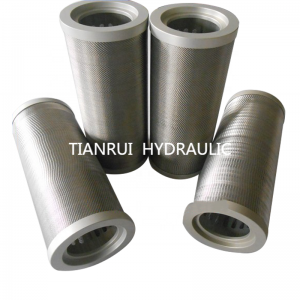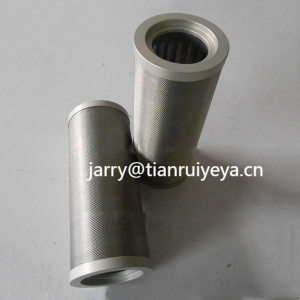Product Description
Stainless steel notch wire element is made by winding specially treated stainless steel notch wire around a support frame. The shapes of Notch Wire Elements are cylindrical and conical. The element is filtered through gaps between stainless steel wires. Notch Wire Elements can be cleaned and reused like stainless steel mesh filter element. Filtration accuracy: 10. 15. 25. 30. 40. 50. 60. 70. 80. 100. 120. 150. 180. 200. 250 microns and above. Filter Material: stainless steel 304.304l.316.316l.
Technical Data for Notched wire element
| OD | 22.5mm,29mm,32mm,64mm,85mm,102mm or your requested diameters. |
| Length | 121mm,131.5mm,183mm,187mm,287mm,747mm,1016.5mm,1021.5mm,or as your requested diameters |
| Filtration rating | 10micron, 20micron, 30micron, 40micron, 50micron,100micron,200micron or as your requested filtration rating. |
| Material | Aluminum cage with 304.316L notched wire |
| Filtration Direction | Outside to Inside |
| Application | Automatic lubricating oil filter or fuel oil filter |
In industrial oil systems such as diesel engines and Marine lubricating oil, stainless steel notch wire filters (also known as stainless steel wire wound filter elements) are one of the core filtering components. They intercept impurities in the oil through the gap formed by the precise winding of stainless steel wire, playing a key role in ensuring the stable operation of the system and extending the service life of equipment
Feature
(1) Excellent Temperature Resistance: Stainless steel materials (e.g., 304, 316L) can withstand a temperature range of -20℃ to 300℃, which is far superior to paper filters (≤120℃) and chemical fiber filters (≤150℃).
(2) Superior Corrosion Resistance: 304 stainless steel can resist corrosion from general oil fluids and water vapor; 316L stainless steel can resist corrosion from seawater and acidic oil fluids (e.g., lubrication systems using sulfur-containing diesel).
(3) High Mechanical Strength: The wound structure of stainless steel wires has high rigidity, enabling it to withstand relatively high working pressure (usually ≤2.5MPa). Additionally, its vibration resistance and impact resistance are better than those of paper/chemical fiber filters.
(4) Reusable after Cleaning, Long Service Life: The wire gap structure rarely adsorbs oil sludge. Its filtering performance can be restored through "compressed air backblowing" or "solvent cleaning" (e.g., using kerosene or diesel), eliminating the need for frequent replacement.
(5) Stable Filtration Precision: The gaps formed by wound wires are uniform and fixed (precision can be customized as needed), and there will be no precision drift caused by changes in oil fluid pressure or temperature.
(6) Good Environmental Friendliness: Stainless steel materials are 100% recyclable, avoiding solid waste pollution caused by discarded filters (such as paper filters).




















